
Do’s & Don’ts After a Tooth Extraction – What to Know
Even though tooth extraction is a relatively simple surgical procedure, it is a surgical procedure nonetheless. This means that in the hours and days following the tooth extraction, the patient should follow some instructions and avoid others.
After a tooth has been extracted, refrain from smoking, using straws, spitting, rinsing your mouth, blowing your nose or sneezing, or poking your tongue in the extraction site.
Our comprehensive guide to the dos and don’ts of tooth extraction aftercare can be used whether you are having a wisdom tooth removed or another type of extraction. Here are some of them, so let’s look at them.
What is Tooth Extraction?
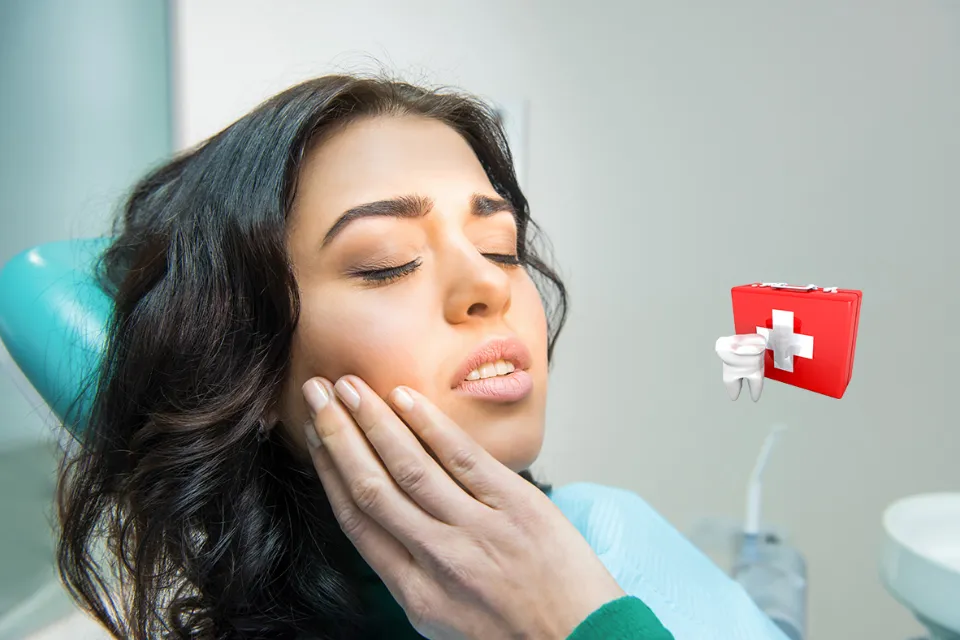
Tooth extraction is a dental procedure that aims to remove a single tooth or number of teeth from its tooth socket. Whether a surgical extraction or a straightforward extraction is required will be decided by the dentist. An oral surgeon or an oral and maxillofacial surgeon may be recommended to you for complicated extractions.
While tooth extraction is generally known as “having a tooth pulled,” it is a combination of rocking and pulling, known as luxation. By breaking the tiny fibers holding the tooth to the bone, the action gradually opens up the area in the bone where the tooth is located.
Tooth extraction may be necessary for a variety of reasons. It might be caused by an impacted wisdom tooth that is harming the healthy teeth next to it. There are instances when the only option is extraction due to severe tooth decay. The removal of teeth can create more room in the mouth and enable a healthy smile in cases of mouth overcrowding.
Your dentist may tell you occasionally that you don’t need a dental extraction. Delaying treatment, however, could result in additional issues down the road, such as jaw issues, shifting teeth, biting issues, and oral diseases.
Do’s After a Tooth Extraction
Rest
The majority of patients believe they need to resume their normal routine as soon as possible because an extraction is such a straightforward procedure. This is a mistake because the patient should rest for a day or two as the body still needs to heal.
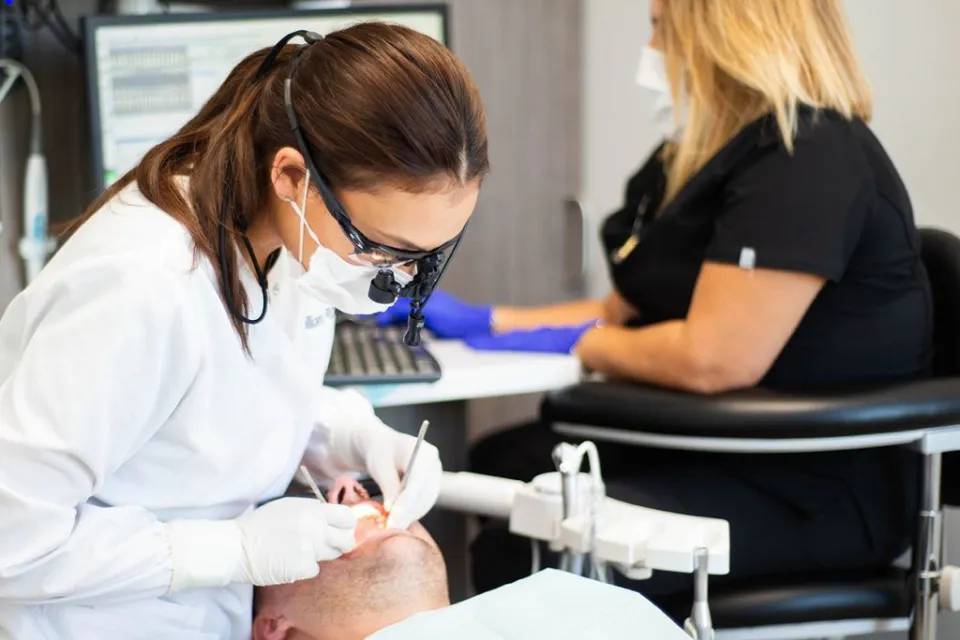
Use Ice Packs
It is typical to have some swelling where the tooth was extracted from the face. Never apply ice directly to the skin; it is acceptable to place an ice pack against it. In intervals of one to two hours, dentists advise applying the ice pack for 15 minutes and removing it for 15 minutes.
Practise Proper Oral Hygiene
After twenty-four hours, you can start brushing and flossing normally again, but you should avoid the area around the extracted tooth until it has fully recovered. Once you’ve established that a blood clot has developed, gently rinse with warm salt water to reduce the risk of infection.
Let the Clot Form
Where the tooth was extracted, a blood clot will develop. This is expected and necessary for healing. The dentist will apply some gauze to the clot after the extraction. To ensure that it stays in place for at least an hour, the patient should bite down on it. when it becomes saturated, replace it. One well-known piece of advice is to bite down on a wet, cold tea bag placed over the surgical site if bleeding doesn’t stop. Tea contains tannic acid, which can help the wound clot and stop the bleeding.
Call the Doctor If Things Get Worse
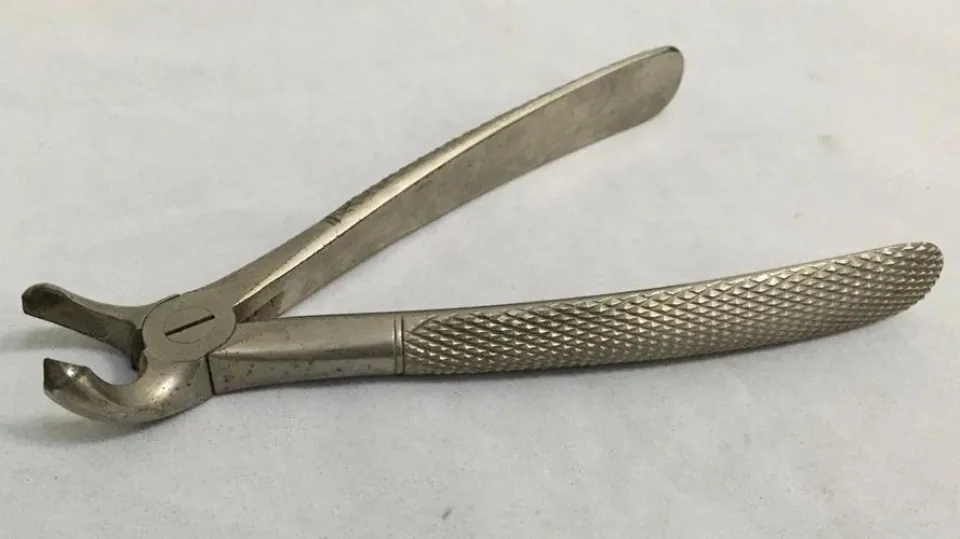
If the patient experiences nausea or vomiting, bleeding that doesn’t stop, or if their painkillers aren’t working, they should call a doctor. In the event that swelling and redness worsen rather than subside, a surgical wound shows signs of pus, or if a dry socket develops, they should call. This is the point where the clot either disintegrates or fails to form. It also prevents healing because it exposes the nerves.
Don’ts After a Tooth Extraction
Don’t Eat Solid Foods Right After Your Surgery
One consequence of the surgery is that the patient will have one-sided numbness. They might end up chewing their tongue or the inside of their cheek if they eat right away. Take solids only after the numbness subsides. Eat soft or liquid-based meals in the interim.
Don’t Skip Medications
In addition, regardless of how well they feel, the patient must finish the entire course of antibiotics. The patient shouldn’t wait until they are in excruciating pain before taking their pain medications.
Avoid Drinking With a Straw
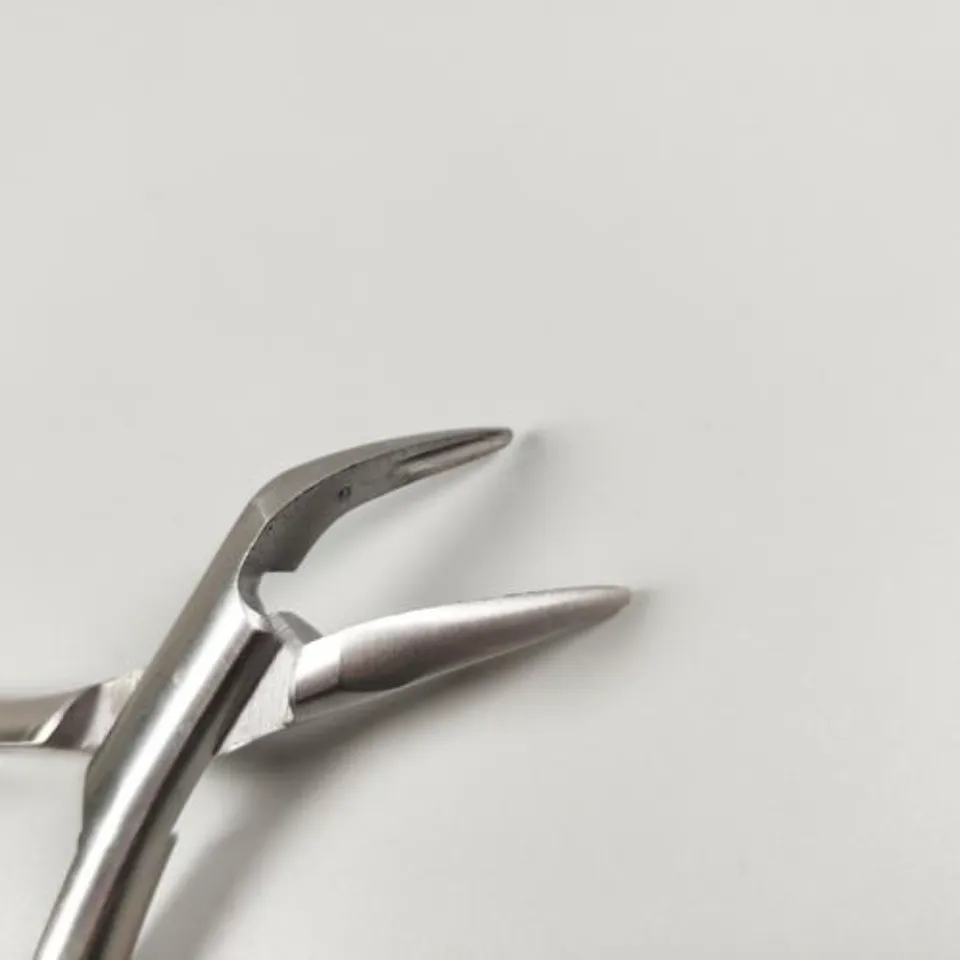
Suction and the excessive pressure with which the beverage is injected into the mouth could dislodge the blood clot, leaving the socket dry.
Read More: When Can I Use A Straw After Wisdom Teeth Removal
Avoid Smoking
Smoking is known to prolong the time it takes for the surgical site to heal, despite what it might seem like. With your dentist, go over your options or suggestions for quitting smoking.
Avoid Eating Hard Or Solid Foods
For at least the first twenty-four hours after tooth extraction, stay away from chewy, crunchy, or spicy foods as well as grains and seeds as they may irritate the extraction site. Alternatively, think about soft foods like blended soups, scrambled eggs, mashed potatoes, applesauce, fish, and yogurt. Avoid extremes of temperature, such as anything that is overly hot or cold.
Possible Complications After Tooth Extraction
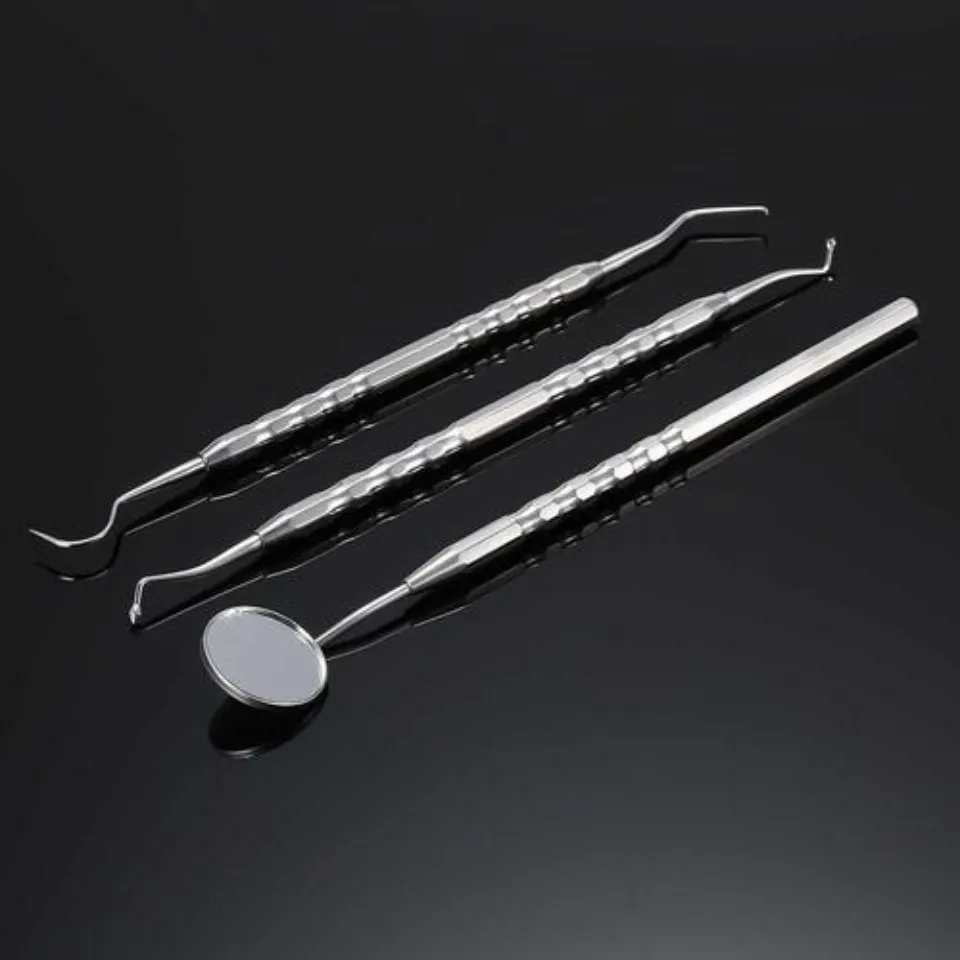
Extraction of teeth is a routine dental procedure with few serious risks. As with any medical procedure, there are risks to be aware of.
Bleeding
A certain amount of bleeding is typical after surgery. Salivary redness, oozing, or minor bleeding are common occurrences.
Localized bone or soft tissue bleeding may cause post-extraction bleeding. Due to the trauma of extraction, soft tissue bleeding can happen, which can harm blood vessels (capillary, arterial, or venous). Both the central vessels and the nourishment canals have the potential to result in osseous or bone bleeding.
Swelling and Inflammation
After a tooth extraction, swelling is normal. It is a typical bodily reaction and a process of self-healing. Compared to a complex tooth extraction, such as the removal of multiple teeth or an impacted wisdom tooth, a simple tooth extraction will only result in minor swelling.
The mouth, cheeks, eyes, and sides of the face are frequently swollen in patients. Only the day following surgery will the swelling become apparent.
You might find it helpful to call your dentist if the pain and swelling at the extraction site persist. A high temperature, a yellow or white discharge from the extraction site, ongoing pain, and swelling are signs of infection, which is a possibility in some circumstances.
Alveolar Osteitis (Dry Socket)

Usually in the region of tooth extraction, a blood clot forms. The underlying bone and nerves in the vacant tooth socket are protected by this blood clot. The clot also acts as a base for the development of new bone and soft tissue on top of it.
A painful dental condition after the extraction of an adult permanent tooth is referred to as a “dry socket,” also known as alveolar osteitis. A dry socket occurs when the blood clot at the site of the tooth extraction dissolves or moves before the lesion has healed.
When the nerves and underlying bone are exposed, it causes excruciating pain in the socket and along the nerves that run along the side of your face. The socket swells up and might get clogged with food particles, making the pain worse. If you have a dry socket after having a tooth extracted, pain typically begins one to three days later.
Read More: How to Avoid Dry Socket After Tooth Extraction
Pain
You will experience pain after the anesthetic (numbing agent) wears off, particularly where the tooth was extracted.
Complex procedures can cause pain that lasts longer and needs to be regularly treated with analgesics. Contacting the dentist to have a pathologic condition examined is advised if the discomfort continues or worsens.
Final Thoughts
Although some discomfort following a tooth extraction is normal, if it persists after two or three days, call your dentist right away. To minimize pain and make the procedure as comfortable as possible, dentists use local anesthetic. However, you should seek immediate medical attention if you experience symptoms like fever, nauseousness, vomiting, or chest pain. You can resume your regular dental routine once your mouth has fully healed.
FAQs
What is Not Allowed After Tooth Extraction?
It’s best to refrain from eating foods that are hard, crunchy, chewy, or brittle for about a week, like chips, nuts, and popcorn. Furthermore, chewing tough meat cuts may prove challenging. Instead, consider consuming dairy products to get your protein.
Can I Eat 3 Hours After Tooth Extraction?
Following tooth extraction surgery, you should abstain from chewing-intensive foods for the first 24 hours. Make an effort to only consume liquids. If you want to eat solid food after they don’t fill you up, choose soft foods that don’t require much chewing, like pudding or oats.
Can I Eat Rice After Tooth Extraction?
However, keep in mind that you should overcook both to make them soft and easy to eat. Pasta and rice can be a healthy meal to eat. Pasta is another food that you’ll probably need to cut into smaller portions, but it’s simple to do and can be delicious (almost a regular meal).


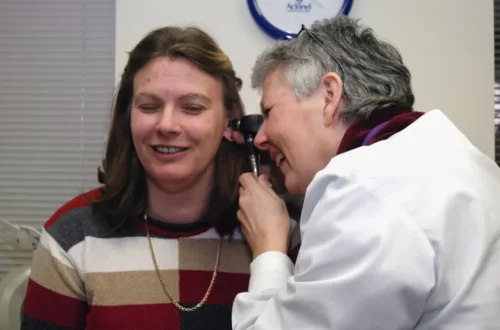


Average Rating